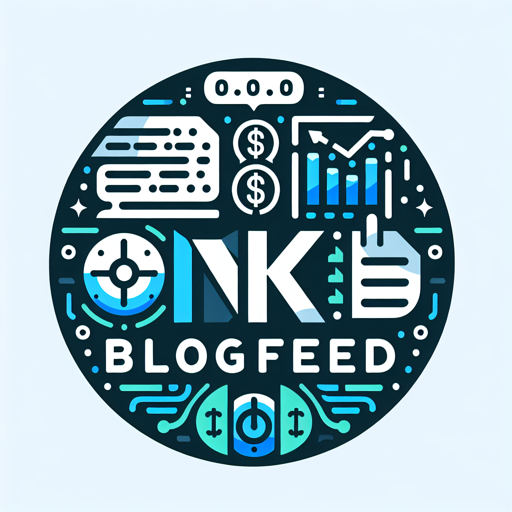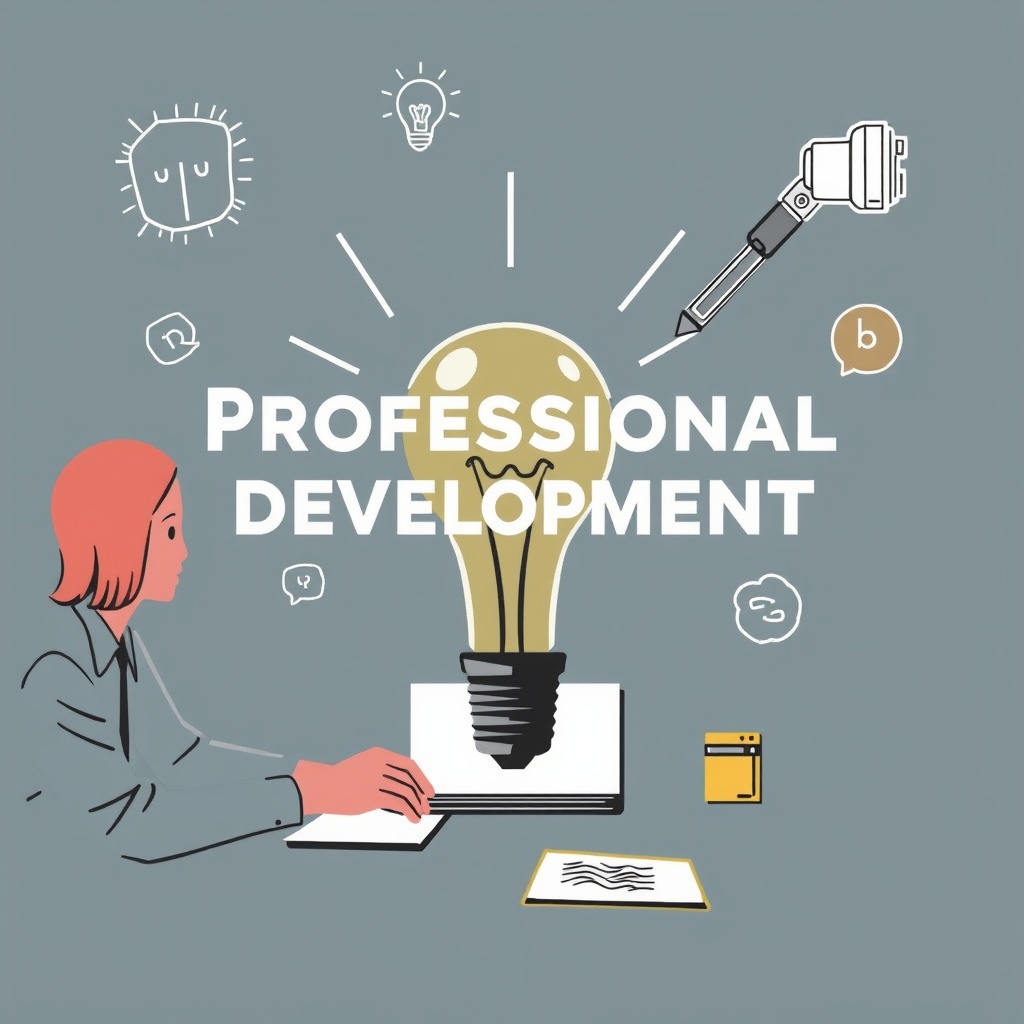In today’s fast-paced world, productivity is more important than ever. You may find yourself juggling multiple tasks, meetings, and deadlines, which can be overwhelming. The right AI tools can help you streamline your workflow, save time, and enhance your efficiency. By integrating these tools into your daily routine, you can focus on what truly matters and achieve your goals more effectively.
Top Picks
- Best Overall: Hedy AI – $59
- Best Value: Merlin – $79
- Best for Writing: Letterly – $69
- Best for Research: Socrates – $39
- Best for Automation: Triplo AI – $59
- Best for Academic Work: Paperguide – $69
How We Selected These Tools
When selecting these AI tools, we considered factors such as user reviews, functionality, ease of use, and overall value for money. Each tool offers unique features that cater to different aspects of productivity, ensuring that you can find the right fit for your needs.
Hedy AI

Sometimes you feel like a fish out of water during a meeting. What you need is a little help to level the playing field and wow the room. Enter Hedy AI, the AI-powered meeting coach that makes sure you’re always prepared to shine. With Hedy, you gain real-time AI support for professional meetings, lectures, and important conversations. It captures, analyzes, and shares your meeting intelligence across your workflow, making it a must-have for anyone looking to boost their productivity. Whether you’re a consultant, project manager, or part of a remote team, Hedy is designed to help you navigate conversations with confidence.
What People Say
Users rave about Hedy’s ability to streamline their meeting processes and improve organization. Many have found it to be more intuitive than other tools they’ve used, making it a favorite for those who juggle multiple projects.
- As a professional who is constantly in meetings and managing multiple projects, this has quickly become a MUST HAVE tool. I turn it on for every meeting and strategic discussion and it automatically processes summaries, take aways, next steps, etc. This helps me stay so much more organized and let the AI do the heavy lifting of note taking, organization and such.
Key Benefits
- Gain real-time AI support for meetings
- Capture and analyze meeting intelligence
- Support for 30+ languages
When to Use Hedy
Hedy is perfect for both daily meetings and special occasions like webinars or strategic discussions. It ensures you never miss a detail, allowing you to focus on what really matters.
Current Price: $59
Rating: 4.8 (Total: 138+)
Merlin

Imagine having a trusty sidekick that helps you juggle all your content creation tasks without the chaos. That’s where Merlin comes in. This 26-in-one Chrome extension is designed to streamline your productivity by giving you access to top AI models like GPT-4 and Claude-3, all in one place. Whether you’re an educator crafting lesson plans, a marketer generating social media posts, or a small business owner looking to enhance your online presence, Merlin has got your back. You can research, summarize, and write content directly from your browser, making it a breeze to stay organized and efficient. It’s like having a personal assistant that never takes a break.
What People Say
Users appreciate how Merlin simplifies their workflow, allowing them to focus on creativity rather than getting bogged down by research. Many have highlighted its versatility in handling various content types, making it a favorite among professionals.
- Merlin has transformed how I approach content creation. I love that I can summarize videos and websites in seconds, which saves me so much time. The ability to write in multiple languages is a game changer for my international clients.
Key Benefits
- Access top AI models in one click
- Research and summarize content effortlessly
- Write social media posts in 128 languages
When to Use Merlin
Merlin is perfect for your daily tasks, whether you’re drafting emails or preparing reports. It also shines during special projects, like creating presentations or writing blog posts, ensuring you never miss a beat.
Current Price: $79
Rating: 4.3 (Total: 183+)
Letterly

Getting your ideas down in writing can feel like a typing endurance test. If you’ve ever found yourself staring at a blank screen or struggling to keep up with your thoughts, Letterly is here to help. This AI-powered app lets you record your voice and transforms your unstructured speech into polished text for notes, messages, and more. Whether you’re a busy professional, a content creator, or just someone who wants to organize their thoughts more effectively, Letterly makes productivity feel effortless. Plus, it’s perfect for both daily tasks and special projects, allowing you to capture your ideas without the hassle of typing everything out.
What People Say
Users love how Letterly simplifies the note-taking process, allowing them to focus on their thoughts rather than the mechanics of writing. Many appreciate its versatility, especially for capturing ideas on the go.
- This is probably the app I use most for everything other than email and YouTube. I’m writing a book and take notes all the time. If I could make a few wishes, I wish the audio files would be directly uploaded to a Dropbox or something like that. I love it and I highly recommend it.
Key Benefits
- Turn your speech into well-written text effortlessly
- Rewrite, translate, and organize your text with AI-powered features
- Compatible across multiple devices and platforms
When to Use Letterly
Letterly is ideal for your everyday tasks, whether you’re drafting emails or brainstorming ideas. It also shines during special occasions, like meetings or lectures, ensuring you capture every important detail without missing a beat.
Current Price: $69
Rating: 4.79 (Total: 213+)
Triplo AI

Using AI assistance can feel like you’re Superman, ready to defeat to-do lists until you meet your kryptonite. Being away from your computer can be a challenge, but with Triplo AI, you have a real-time assistant that boosts your productivity from both desktop and mobile devices. Whether you’re managing emails, analyzing data, or organizing tasks, Triplo AI is designed to be your go-to productivity partner. It’s perfect for entrepreneurs, small businesses, and solopreneurs who need that extra edge in their daily workflow.
What People Say
Users appreciate how Triplo AI simplifies complex tasks, making it easier to focus on creativity and productivity. Many highlight its versatility and the ability to integrate with various tools, which enhances their workflow significantly.
- Triplo has truly transformed my experience with AI. It helped me bypass the steep learning curve by offering streamlined AI solutions that handle the tough parts, allowing me to concentrate on what really matters—my creativity and vision—without getting lost in reworking. This software feels like more than just a tool; it’s a partner in success.
Key Benefits
- Access AI assistance, insights, content generation, and more on multiple platforms
- Automate your workflows via Zapier, Pabbly, and API integrations
- Enhance your productivity with a versatile tool that adapts to your needs
When to Use Triplo AI
Triplo AI is ideal for everyday tasks like drafting emails or organizing projects. It also shines during special occasions, such as presentations or collaborative work, ensuring you stay on top of your game without missing a beat.
Current Price: $59
Rating: 4.95 (Total: 104+)
Socrates

Ever feel like your documents are written in an alien language? Socrates is here to help you decode that complexity. This AI tool simplifies your research process, turning chaos into clarity. Imagine having a personal assistant that not only understands your documents but also fetches the exact information you need in seconds. Whether you’re an author, educator, or project manager, Socrates can significantly enhance your productivity by streamlining how you handle information.
What People Say
Users rave about how Socrates makes research effortless. Many appreciate its accuracy and the ability to pull precise information from their documents, which helps them stay organized and focused on their work.
- Socrates has transformed how I create courses and write books. It saves me time and eliminates frustration by providing accurate answers directly from my documents. I can now focus on crafting my content instead of getting lost in research.
Key Benefits
- Instantly simplifies complex documents with AI-generated summaries
- Accurately retrieves information from your private files
- Enhances productivity by reducing research time
When to Use Socrates
Socrates is perfect for daily tasks like managing research for projects or writing. It also shines during special occasions, such as preparing for presentations or writing deadlines, ensuring you have all the information you need at your fingertips.
Current Price: $39
Rating: 4.74 (Total: 58+)
Paperguide

Navigating the vast sea of information online can feel overwhelming, especially when you’re trying to find credible sources for your research. Paperguide steps in as your trusty AI research assistant, helping you sift through over 200 million papers and documents. Imagine having a tool that not only answers your questions but also helps you write well-cited papers and manage your references—all in one place. Whether you’re a blogger, educator, or just someone curious about a topic, Paperguide can enhance your productivity by making research more efficient and organized.
What People Say
Users appreciate how Paperguide simplifies the research process, allowing them to focus more on writing and less on searching for sources. The built-in reference manager is a favorite feature, helping keep everything organized and accessible.
- Paperguide has been a game-changer for my academic writing. The AI-powered answers come with proper citations, which saves me a ton of time. Plus, the reference manager is super handy for keeping everything organized.
Key Benefits
- Conduct research with access to 200+ million papers and documents
- Get AI-generated answers with proper citations
- Manage references, notes, and documents all in one tool
When to Use Paperguide
Paperguide is ideal for everyday tasks like writing blog posts or preparing lesson plans. It also shines during crunch times, such as when you’re racing against deadlines for academic papers or presentations, ensuring you have reliable information at your fingertips.
Current Price: $69
Rating: 4.3 (Total: 66+)
FAQ
What Are the Key Benefits of Using AI Tools for Productivity?
Using AI tools can significantly enhance your productivity by automating repetitive tasks, providing real-time insights, and streamlining your workflow. For instance, tools like Hedy AI can help you manage meetings by summarizing discussions and capturing key points, allowing you to focus on more strategic aspects of your work. Additionally, AI tools can assist in content creation, research, and project management, making it easier for you to stay organized and efficient.
How Do I Choose the Right AI Tool for My Needs?
When selecting an AI tool, consider your specific productivity needs and the tasks you want to automate. For example, if you often attend meetings, Hedy AI might be ideal for you as it specializes in summarizing discussions. If you’re involved in content creation, Merlin could be a great fit since it offers multiple AI models for writing and research. Always check user reviews and pricing plans to ensure the tool aligns with your budget and requirements. Don’t hesitate to take advantage of free trials to test the tools before committing.
Are AI Tools Easy to Use for Someone Who Is Not Tech-Savvy?
Absolutely! Many AI tools are designed with user-friendliness in mind, featuring intuitive interfaces and helpful tutorials. For instance, tools like Letterly and Triplo AI offer straightforward functionalities that allow you to convert speech into text or access AI assistance seamlessly. If you’re ever unsure, most platforms provide customer support and community forums where you can ask questions and share experiences. Remember, the goal of these tools is to make your life easier, so take the time to explore their features and find what works best for you.
Wrapping Up
Incorporating AI tools into your workflow can significantly enhance your productivity. Whether you need assistance with meetings, writing, research, or automation, these six tools provide valuable support. By leveraging their capabilities, you can manage your tasks more effectively and focus on achieving your goals.
| Product | Image | Rating | Highlights | Pros | Cons | Price |
|---|---|---|---|---|---|---|
| Hedy AI |
 | 4.8/5 (138 reviews) | Real-time AI meeting coach, supports 30+ languages, automatic transcription. | Great for organizing meetings, intuitive interface, excellent customer support. | Limited language support initially, some users desire longer summaries. | $59 |
| Merlin |
 | 4.3/5 (183 reviews) | Access to top AI models, research and summarize content in 128 languages. | Versatile for content creation, easy to use, integrates well with browsers. | Limited features in the free version, some users report bugs. | $79 |
| Letterly |
 | 3.8/5 (213 reviews) | Convert speech to text, supports multiple languages, AI-powered rewriting. | Great for note-taking, user-friendly interface, good for content creators. | 15-minute recording limit, some users find it restrictive. | $69 |
| Triplo AI |
 | 5.0/5 (104 reviews) | Real-time AI assistant, integrates with various platforms, automates workflows. | Highly versatile, great for productivity, accessible on multiple devices. | Some advanced features require higher tiers, may have a learning curve. | $59 |
| Socrates |
 | 5.0/5 (58 reviews) | AI-powered research tool, accurate document analysis, unlimited uploads. | Excellent for deep research, reliable and accurate, great customer support. | Can be complex for new users, requires some setup. | $39 |
| Paperguide |
 | 3.4/5 (66 reviews) | AI research assistant, manages references, writes papers. | Good for managing research, user-friendly interface, responsive support. | Limited in-depth analysis, some users report unsatisfactory results. | $69 |
This Roundup is reader-supported. When you click through links we may earn a referral commission on qualifying purchases.

























